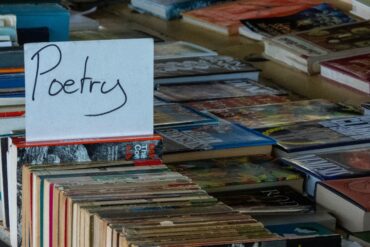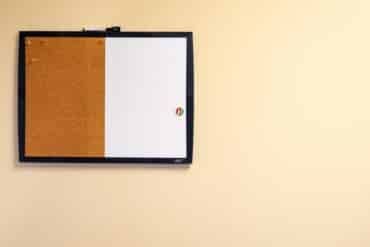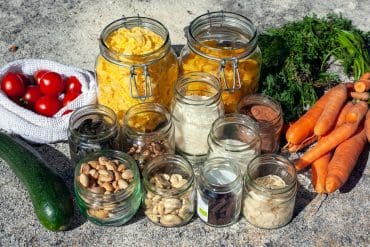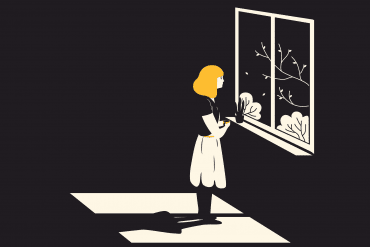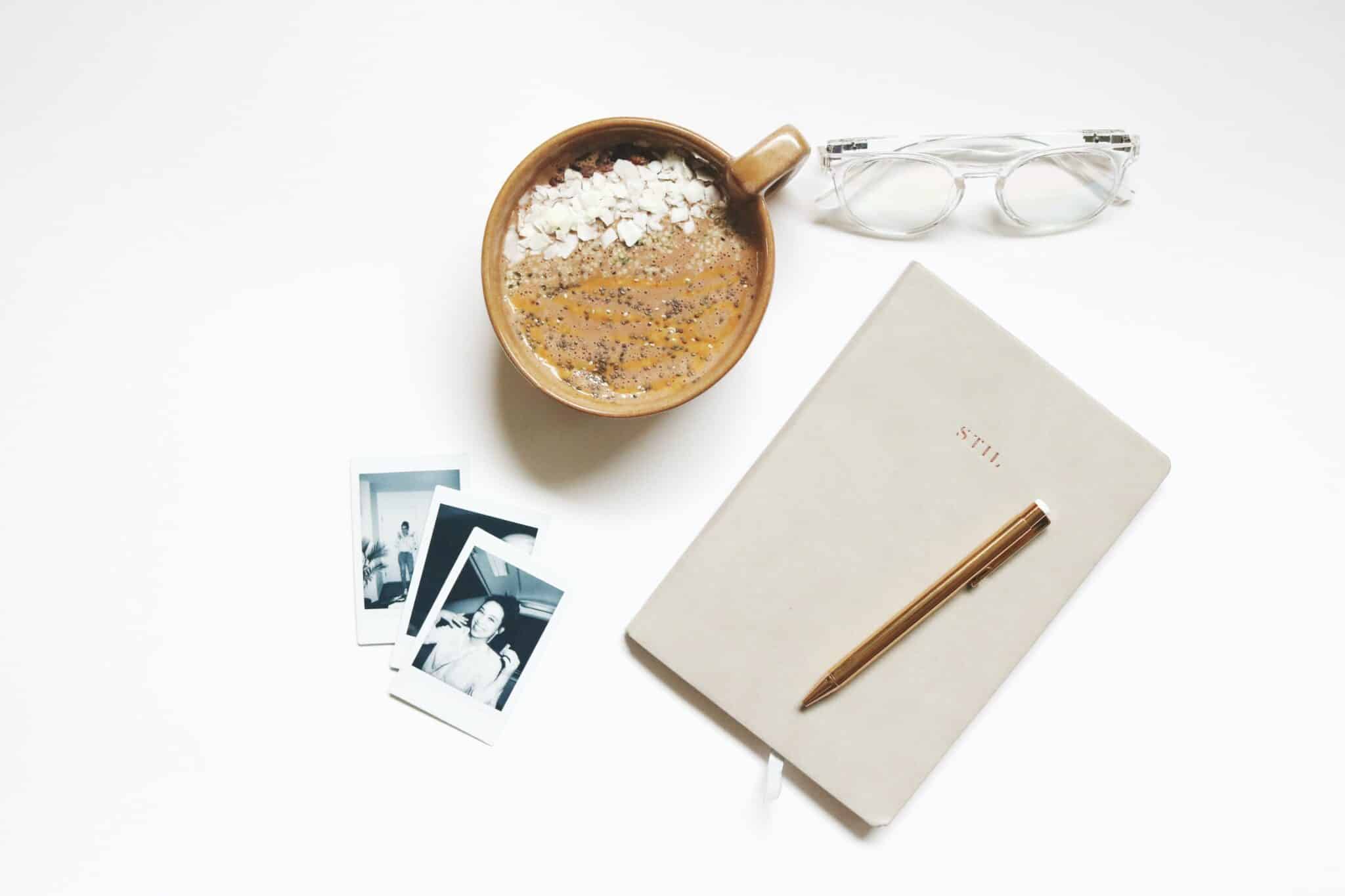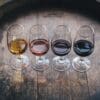Savories: Dieting with Roland Barthes One New York Spring
First Installment
Author’s Memo
In March of 2022, I began dieting with Roland Barthes. The French poststructuralist theorist never devised a formal alimentary regime. However, he frequently wrote on food and drink until his death in 1980. His scattered comments on the matter served as my nutritional guide. My two-month diet began as a personal effort to lose weight while becoming more mindful of my daily consumption. Yet the Barthes diet became for me more than monitoring my food and beverage intake. Reading Barthes while writing in my food journal allowed me to reflect on nutrition’s social, cultural, and ethical dimensions.
My project was thus a work of autoethnography. This research method “describe[s] and systematically analyze[s] (graphy) personal experience (auto) in order to understand cultural experience (ethno)” (Ellis et al., 2011, section 1, para. 1). My project’s themes, at once personal and cultural, included thinness and obesity, dietary lapses and rewards, nutritional secrets and revelations, fasts and splurges. I explored those themes through the lens of Barthesian theory. In that respect, my project was equally a work of autotheory. Autotheory is “a self-conscious way of engaging with theory—as a discourse, frame, or mode of thinking and practice—alongside lived experience and subjective embodiment” (Fournier, 2021, p. 7).
“My project was thus a work of autoethnography.
The following piece reflects on my project, incorporating revised excerpts from my journal, an amalgam of document, reflection, and theory. My piece thus bears characteristics of a “reflexive ethnography,” a “layered account,” and a “personal narrative,” three autoethnographic forms (Ellis et al., 2011, section 4.1, paras. 5, 6, and 10). I hope that readers find such a hybrid not only “accessible” but also “therapeutic” (Ellis et al., 2011, section 3, para. 5, and section 4.2, especially paras. 1-2). Certainly, writing this piece afforded me the opportunity to confront my checkered relationship with food and drink. Perhaps readers will find this exercise useful in reckoning with their own alimentary habits. Like a well-prepared meal, my piece is best digested in leisurely courses. Therefore, I present it in two installments, beginning with an account of my first month on the Barthes diet.

Savories: Dieting with Roland Barthes One New York Spring
First Installment
18 March 2022
Tomorrow I will go on the Barthes diet. My decision comes on the heels of yesterday’s mischief. Hankering for a daytrip out of the City, I took the Amtrak to Philadelphia. There I ate rich food and drank craft beer with abandon. It was, after all, St. Patrick’s Day. On the ride back, I felt heavy and despondent. It was then that I decided to change course. Barthes (2002/2013) argued that “to be reborn [is] to eat different sorts of food” (p. 110). I sought just such a rejuvenation.
Today I consulted The Neutral, Barthes’s (2002/2005) lecture course devoted to “everything that baffles the paradigm” (p. 6). Barthes’s (2002/2005) discussion of abstinence caught my attention. To avoid death, Taoists excluded from their diet cereals or grains. Barthes used those words almost interchangeably to designate wheat, rice, beans, and the like (pp. 179-80). Citing that diet in an earlier seminar, Barthes (2002/2013) likened grains to beans and peas, foods that Eastern Christian ascetics forsook. Legumes were simply too filling (p. 104). Contemporary secular dieters, Barthes (2002/2005) explained, have largely abandoned fasting’s spiritual goals. Their aim is to stay slim (p. 180). The slim “live the Neutral (merrily)” (Barthes, 2002/2005, p. 180). Such are my aspirations—even if beer goes out the door.
And thus, I launched my food journal. Over the next two months, I followed the Barthes diet. Inept at cooking, my meals became repetitive. Often, for breakfast I drank black coffee, for lunch ate a salad, and for dinner baked a sweet potato, accompanied by nuts or fruit. And although beer was off limits, I indulged about once a week.
The First Two Weeks: Struggles
The first two weeks I struggled to stay the course. My new regime wrecked my budget. At local bars, wine cost more than beer. And my nutritional ignorance got me into trouble. Only after I ate potato and corn soup one day did I learn that corn is a cereal. The diet also drew attention to my daily routine. When my coffeemaker broke, I plugged in my espresso machine but missed the large cups of coffee. Unlike the French, who sip coffee to decompress (Barthes, 1961/1997, p. 26), I had become accustomed to brewing a pot to reenergize. Yet, within a few days, no longer lamenting the small shots, I began to savor the flavor’s nuances. And while I had long enjoyed my beer-drinking jaunts, one afternoon I felt surprisingly leaden. No sooner do we go off our diets, Barthes (1995) explained, than we imagine we’ve gotten heavier (p. 1241).
The First Two Weeks: Foibles
Beyond those minor adjustments, I faced some of my alimentary idiosyncrasies. First, I almost always dined alone. Barthes (2002/2013) remarked that “the horror of eating alone seems to be widespread” (p. 109). Personally, I liked cozying up to a bar for drinks and light fare. Casual observers may have seen in me “the disinvestment . . . of the urban singleton” (Barthes, 2002/2013, p. 108). But keen observers surely noticed that I usually made small talk with bartenders and other customers. I also reckoned with my surreptitious splurges. One afternoon I grabbed a bottle of chardonnay at the local wine shop, ordered sushi, and watched Netflix. Then I baked a sweet potato and poured some red wine. Barthes (2002/2013) called food “a private secret” (p. 108), and so was my clandestine extravagance until now.
A few days later I shamefully suppressed some details in my journal. The next day I confessed that, having already knocked back a few beers, I bought a bottle of white wine and drank half of it over Netflix. Later I dashed to the corner pizza joint to mitigate the munchies. Guilty of backsliding, I resembled a religious convert, who, after inevitably falling back into sin, saw the light once again (Barthes, 1995, p. 1241).
The Second Two Weeks: Failed Fast
Over the next two weeks, my diet underwent a reorientation, which owed its impetus to an unsuccessful fast. Barthes (2002/2013) explained that “true fasting doesn’t mean suddenly and radically depriving yourself of food, but ensuring that you’re always just a little bit hungry” (p. 102). Unable to fast one day, I consulted The Neutral. Turning to Barthes’s (2002/2005) discussions of silence and destitution, I learned that both aim not for complete disengagement or total deprivation but for minimalism (pp. 27, 150). Unfortunately, the world is arrogant: it “will force me to love it, to eat it, to enter into intercourse with it” (Barthes, 2002/2005, p. 153). In response, a “minimalist ethic” balances “the minimum external” with “the maximum internal intensity” (Barthes, 2002/2005, p. 200). In so doing, one achieves “a tenuous but possibly savory identity” (Barthes, 2002/2005, p. 151).
Barthes (2002/2005) ascribed “a tenuous but . . . savory identity” to the destitute, who not only accept what they’re “forbidden” but also embrace what they’re “permitted” (p. 151). I eventually applied that epithet to any minimalist but initially struggled to elucidate the term. From the passage’s context, I knew that, by “tenuous,” Barthes likely meant meager in possession and body. But only over the course of reading The Neutral did I discern that, by “savory identity,” he meant not a subjectivity as tasty as a highly seasoned dish but one rich in interiority.
The Second Two Weeks: New Insights
I fine-tuned my understanding of that phrase while consulting Barthes’s (2002/2005) elucidation of hyperconsciousness. Under intense circumstances, consciousness can act like a drug, making one hyperaware of physical and emotional feelings. In that state, substance-induced or otherwise, one enjoys a gentle intoxication, which magnifies feeling without changing or alienating the self. As examples of fine intoxicants, Barthes listed music, hemp, and cigars (pp. 96-103). I added delicate, flavorful foods and beverages that heighten feeling without promoting satiety, obesity, or drunkenness. Such a diet, I hypothesized, would vouchsafe “a tenuous but . . . savory identity” (Barthes, 2002/2005, p. 151).
The problem, Barthes (2002/2005) warned, is that consciousness can overheat. To illustrate, he turned to wine. Drawing on Thomas De Quincey, Barthes explained that a drinker climbs towards the height of intoxication and, after reaching a climax, crashes. To mollify such a trajectory, one must regulate consciousness and exercise accountability. Barthes doubted wine’s status as a light intoxicant (pp. 103-06). But I wasn’t so quick to dismiss the grape. According to De Quincey (1990), there’s a particular juncture towards which wine elevates, but beyond which it scatters, the mind (p. 41). My goal then became to locate that sweet spot. And so, I did a few days later while dining at The Rookery, a Brooklyn restaurant.
11 April 2022
Seated in the courtyard, basking in the early-spring sunshine, I sipped a cabernet sauvignon, a medium-bodied vintage with surprising complexity. Then I ate some bites of cobb salad. It was tangy, the olives and blue cheese giving it zest. As I ate and drank at turns, I listened to the light rock music that wafted from inside. Half a glass in, I rose gradually towards the pinnacle of my intoxication. Rather than heavy and agitated, I felt light and peaceful. To slow my ascension, I left The Rookery for a casual stroll around the neighborhood. I couldn’t resist stopping at Tortilleria Mexicana Los Hermanos for three taquitos. By the time I returned, my inebriation had almost completely subsided, so I ordered a second glass of wine. This time, without food, I ascended much more rapidly. Pausing now and again to muse and write, I postponed the zenith as long as I could. By the last sip, I had gently made the climb.
Dietary Approaches
My foray into The Neutral equipped me not so much with a revised diet but with a refined style of eating and drinking. Inspired by Barthes, I devised the following four dietary approaches and coupled them with pithy, memorable citations:
- Eat and drink minimally and lightly. Go “just a little bit hungry” (Barthes, 2002/2013, p. 102).
- Choose neither starvation nor satiation. Keep “baffl[ing] the paradigm” (Barthes, 2002/2005, p. 6).
- Relish what you consume without fixating on what you forfeit. Achieve “a tenuous but . . . savory identity” (Barthes, 2002/2005, p. 151).
- Select foods and beverages for maximum feeling but minimum density. Strive for a “subtle intoxication” (Barthes, 2002/2005, p. 103).
A sign that my new strategy had begun to work, the following episode from my journal posed as a radical contrast to my earlier orgy.
18 April 2022
Tonight, when my takeout arrived, I didn’t gobble down my food. Instead, I approximated Japanese dining practice as Barthes (1970/1983) described it (pp. 11-26). First, I delicately removed each piece of sushi and sashimi from the delivery dish and placed the pieces on a platter. I was left with a delectable set of morsels. Then I sat at the kitchen island, where I ate slowly but playfully. I pointed at each roll with my chopsticks, lifted it to my lips, and savored it before turning to a different one. Selecting the shrimp tempura, I admired its fried lace, “a purely interstitial object” (Barthes, 1970/1983, p. 24). Now and again, I paused to nibble at the raw salmon eggs. At the end, more satisfied than satiated, I watched Netflix with red wine in hand.
Reflection
A month into the Barthes diet, I paused to reflect on the significance of my journal. Barthes (1981/1986) explained that clothing, food, and the like offered him occasions for “self-knowledge” and “systematic analysis” (p. 43). A medium for personal reflection and mental exercise, my journal held me responsible for my indiscretions. It also gave me space to approach my eating and drinking from a theoretical angle. Although I sometimes backslid, my diet had started to reshape my alimentary habits.
References
Barthes, R. (1983). Empire of signs (R. Howard, Trans.). Hill & Wang. (Original work
published 1970)
Barthes, R. (1986). On The fashion system and the structural analysis of narratives. In L.
Coverdale (Trans.), The grain of the voice: Interviews 1962-1980 (pp. 43-55). Hill &
Wang. (Original work published 1981)
Barthes, R. (1995). Entretien [Interview]. In É. Marty (Ed.), Oeuvres complètes [Complete
works] (Tome [Volume] III: 1974-1980, pp. 1241-42). Éditions du Seuil.
Barthes, R. (1997). Toward a psychosociology of contemporary food consumption. In C.
Counihan & P. Van Esterik (Eds.), Food and culture: A reader (pp. 20-27). Routledge.
(Original work published 1961)
Barthes, R. (2005). The neutral. Lecture course at the Collège de France, 1977-1978 (R. Krauss
& D. Hollier, Trans.). Columbia University Press. (Original work published 2002)
Barthes, R. (2013). How to live together: Novelistic simulations of some everyday spaces. Notes
for a lecture course and seminar at the Collège de France, 1976-1977 (K. Briggs, Trans.). Columbia University Press. (Original work published 2002)
De Quincey, T. (1990). Confessions of an English opium-eater and other writings (G. Lindop,
Ed.). Oxford University Press.
Ellis, C., Adams, T., & Bochner, A. (2011). Autoethnography: An overview. FQS, 12(1).
https://doi.org/10.17169/fqs-12.1.1589
Fournier, L. (2021). Autotheory as feminist practice in art, writing, and criticism. The MIT
Press.
Credits
Featured Image by Estee Janssens for Unsplash
Image by Estee Janssens for Unsplash
Learn More
New to autoethnography? Visit What Is Autoethnography? How Can I Learn More? to learn about autoethnographic writing and expressive arts. Interested in contributing? Then, view our editorial board’s What Do Editors Look for When Reviewing Evocative Autoethnographic Work?. Accordingly, check out our Submissions page. View Our Team in order to learn about our editorial board. Please see our Work with Us page to learn about volunteering at The AutoEthnographer. Visit Scholarships to learn about our annual student scholarship competition.
Eric Daffron is a professor of literature at Ramapo College of New Jersey, where he teaches gothic literature and literary theory, among other subjects. His recent scholarship has focused on the gothic novel, Michel Foucault, Roland Barthes, autotheory, and issues concerning sexuality and the body.


